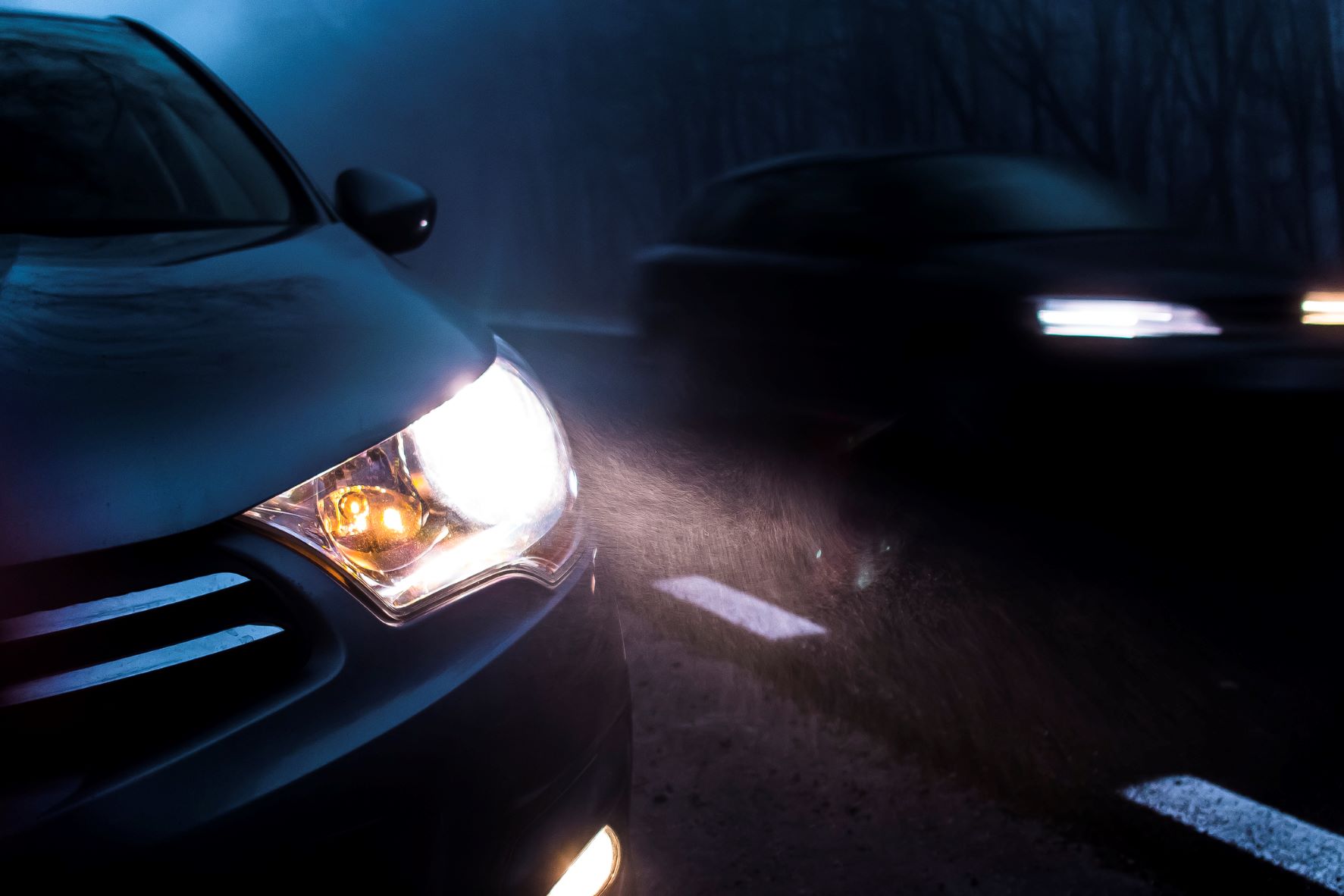Since headlights can give a car a distinctive look they are often thought of as a design element. But remember, headlights have an important job to do, and it’s not to make your car attractive! Exterior lights illuminate the road ahead, so you can see where you’re going, and other drivers and pedestrians can see you.
SHINING A LIGHT ON AN IMPORTANT SAFETY FEATURE
As long as people have been driving, they have been concerned about driving in the dark. That doesn’t necessarily mean nighttime driving. Weather conditions can turn the sky, and consequently the streets, quite dark, even during the day. Drivers in rural areas, where streetlights can be rare, have a special need for headlights.
IMPROVING A BRIGHT IDEA
Vehicles used to come equipped with standard gas-filled headlamps. Then auto manufacturers made technological advancements.
- Halogen headlights are brighter, longer lasting and better able to withstand high temperatures than gas-filled headlamps
- LED headlights produce an even brighter light than halogens while consuming less power
- HID headlights are the brightest lights available. Before you decide the brighter the better and switch to HIDs, keep in mind they are considered too bright for some jurisdictions (each state has its own laws governing headlights)
Now let’s look at high beam vs. low beam, when to use high beams and when to stick with low beams.
WHAT IS THE DIFFERENCE BETWEEN HIGH BEAM & LOW BEAM?
-
HIGH BEAM VS. LOW BEAM — OPERATIONALLY
When you turn on your headlights, you are turning on the low beams. Easy enough, right? In older cars, the high beams were typically operated via a foot-operated switch on the floor, just left of the brake/clutch pedal. On newer vehicles, the high beam control is found on the turn signal lever.
-
HIGH BEAM VS. LOW BEAM — REACH AND INTENSITY
Low beams are lower intensity and reach a shorter distance in front of your car. High beams are high intensity and light a greater distance.
WHEN TO USE HIGH BEAMS
- Switch to high beams when additional light is needed (example: you’re on a country road with no streetlights).
- Be careful using high beams in fog, as the intense light can be reflected back to the driver and reduce visibility. This is why some cars are equipped with special fog lights.
- Flash high beams to signal a hazard to other drivers (example: a tree that’s fallen in the road). Please note: the legality of using and flashing high beams can vary by state, county, or city.

Your headlights take care of you, so Jiffy Lube® takes special care of them. Every Jiffy Lube Signature Service® Oil Change includes a visual inspection of all exterior lights. A trained technician will check them for proper operation. If a problem is detected, further diagnostics will be performed (with your permission). Before you go on your way, your headlights will be carefully cleaned using special solvents.
READ MORE ABOUT IT
Headlights, cabin lighting, parking lights, service reminder lights … Lighting terminology can get confusing! That’s why Jiffy Lube® put together this Car Terms Glossary.
Please note: Not all services are offered at each Jiffy Lube® location. Please check with your local Jiffy Lube® service center or visit jiffylube.com for specific services offered.


